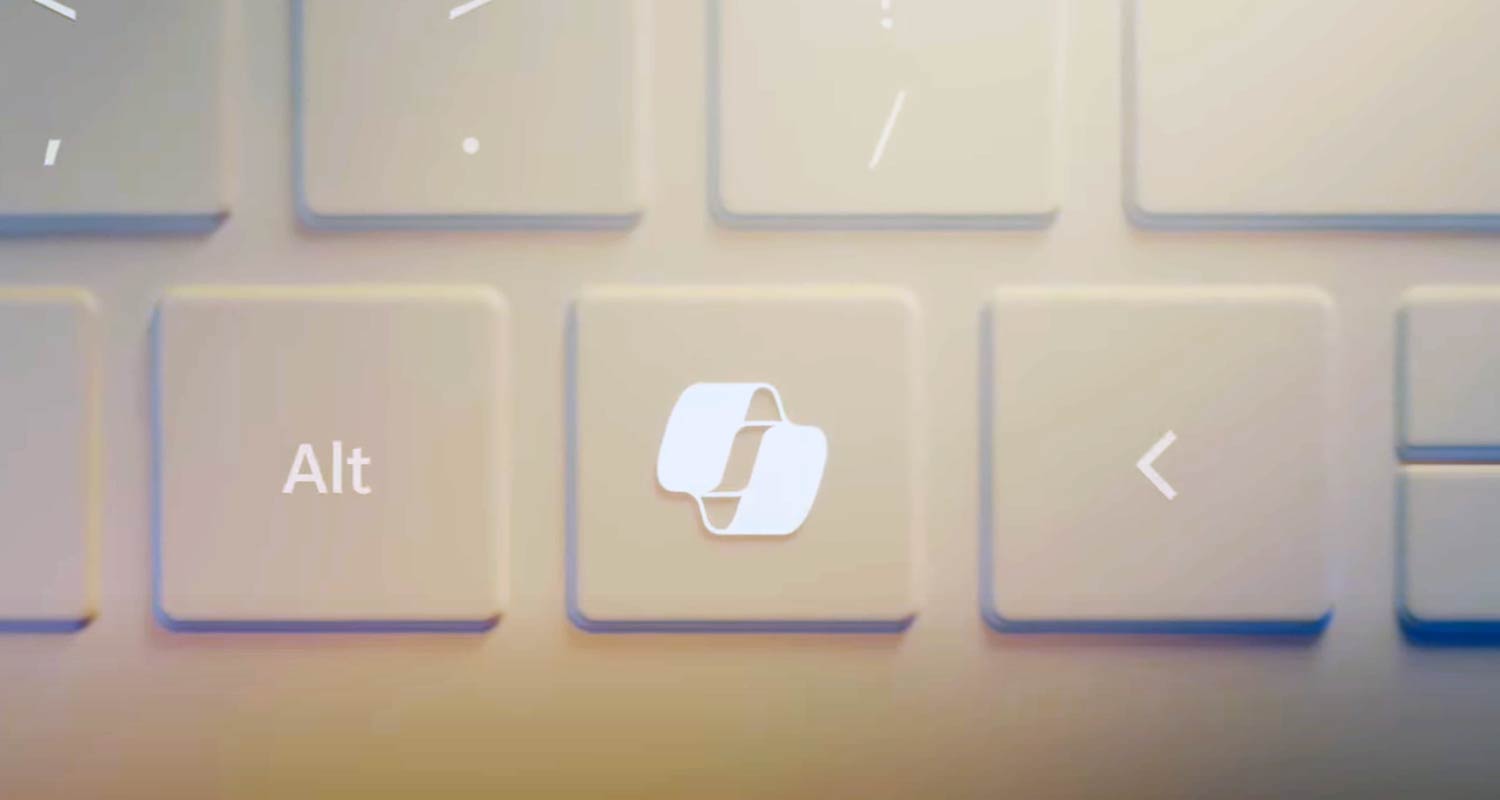 Microsoft is adding a button to the Windows keyboard to activate its AI Copilot service, with the first devices to sport the new key available this month.
Microsoft is adding a button to the Windows keyboard to activate its AI Copilot service, with the first devices to sport the new key available this month.
The Copilot key, which will sit to the right of the spacebar, is the first change to the Windows keyboard layout since Microsoft added the Windows/Start key in 1994, underscoring the company’s commitment to artificial intelligence.
Microsoft’s hardware partners will show off Windows 11 computers with the Copilot button over the coming days at the CES technology conference and, over time, it will become a required feature.
The shortcut will help users create images, write e-mails and summarise text with the help of AI.
“AI will be seamlessly woven into Windows from the system to the silicon to the hardware,” Microsoft’s consumer chief marketing officer, Yusuf Mehdi, said in a blog post announcing the change.
“The Copilot key joins the Windows key as a core part of the PC keyboard and, when pressed, the new key will invoke the Copilot in Windows experience to make it seamless to engage Copilot in your day to day.”
The Redmond, Washington-based company sees 2024 as “the year of the AI PC”, according to Mehdi, mirroring the budding trend among smartphone makers to tout their latest models as “AI phones”.
Those labels don’t carry much weight by themselves, but Microsoft has spent the past year retooling its biggest products around AI tech that can generate new content from massive datasets. That list now includes Windows, Office, Bing search, security software, and customer and finance products. The work heavily leverages the GPT-4 technology from OpenAI, in which Microsoft has invested US$13-billion.
Read: Microsoft could send 240 million PCs to an early grave
For device makers, Microsoft’s push into AI services has not yet translated into a boost for sales, as the novel Copilot features are being rolled out to new and existing devices alike. Mehdi’s promise of weaving AI into hardware and silicon may signal more pressure on consumers to upgrade as Microsoft evolves and improves its AI proposition. — (c) 2024 Bloomberg LP




